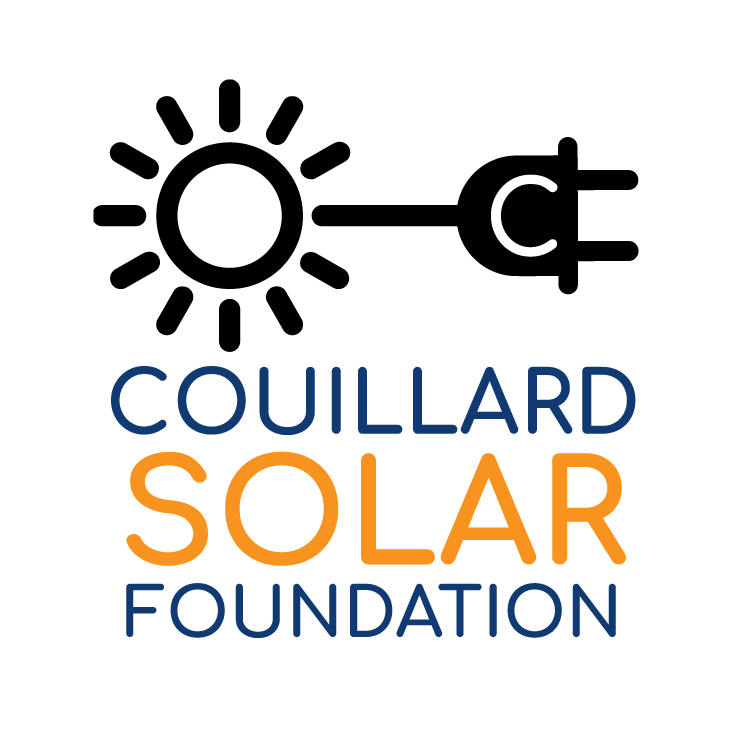Design Tips for Bifacial Solar Arrays
Bifacial solar panels work best when used in arrays designed to take advantage of their unique features. To help your customers get the most from their bifacial solar array, we recommend using these design tips.
Avoid Blocking the Back of the Panels

It may seem obvious, but a bifacial panel takes in additional light from the back, allowing it to create more power per panel. Anything that blocks the cells on the back of the panel, reduces the amount of additional power the panel can create.
Avoid covering the cells with racking, inverters or other array components. If you must cover a portion of the back with rack supports put room between the support and the surface of the panel to allow some light to get to the solar cells.
Install panels in portrait

Installing bifacial solar panels in portrait, or vertical, does two things.
First, it reduces the amount of the back of the panel that is covered by racking.
Second, it gives snow more room to build up speed as it melts and slides off. Additional momentum helps the snow get past the lower edge of the frame so it can fall to the ground, revealing more of the panel’s surface faster.
Install the rack at a steeper angle, or use adjustable racking

Ground mounted solar arrays are more visible than a rooftop mounted installation, especially when placed in a small yard or urban environment. Some communities, homeowner’s associations or building management groups may have policies against visible solar panel installations. Many states however, have laws protecting a homeowner’s access to solar.
Bifacial solar panels can be quite effective when placed on gazebos or other free-standing shelters. Structures like these can take advantage of the albedo reflected from grass, stone or concrete, while also providing shade, combining beauty with utility. Bifacial solar panels have a “clean” appearance. The back of the solar panel looks similar to the front and a small percentage of light shines through, creating an attractive translucent appearance.
Put space between the rows


When snow covers the front of a monofacial array, the owner is at the mercy of the weather, with limited power production until the snow is cleared. One advantage of bifacial panels is that even when snow covered, the panels are still able to get light from the back of the panel, allowing them to continue to produce power. As they work there is a small amount of heat produced which then melts the snow on the front of the panels and allows it to slide off.
Separating the rows by 3-5 inches does two things.
First, it allows the snow from the upper row to drop through the gap to the ground. This prevents the snow from piling up at the seam between rows and from all the snow piling up at the bottom edge of the lower row.
Second, the snow falls to the ground under the array and contributed to additional albedo hitting the back of the array.
Note that in the lower photo the array on the left is a monofacial array, while the array on the right is a bifacial array. Bifacial panels are exceptionally good at shedding snow. With further research we’ve discovered that combined with portrait installation the gap between the upper and lower rows prevents additional snow build-up on the lower panels.
Put the bottom edge of the array 42.5 inches off the ground

In a paper presented in 2010 Institute of Electrical and Electronics Engineers titled PV MODULE POWER GAIN DUE TO BIFACIAL DESIGN. PRELIMINARY EXPERIMENTAL AND SIMULATION DATA the authors recommend 42.5 inches as the optimal height for a bifacial solar array. This gives plenty of clearance for winter snow dumping but the main reason is irradiance uniformity on the array. Too close to the ground and the array shades itself.
Note that the array shown was built before we developed the recommendations of portrait installation and row separation.
Use light colored materials under the array

Placing light colored or reflective materials under your array will dramatically improve the amount of power produced from the back of your bifacial panels. Studies have shown that putting an array on ground with grass or other plantings gives a gain of roughly 10%. If you put a lighter colored ground cover (such as concrete) you can increase your gain to 20% and your gain can go even higher if you combine a light colored ground cover with raising your array the recommended 42.5 inches off the ground.
For flat roof mounted arrays, you can achieve gains by covering the roof with white EPDM roofing material.
We’re ready to help
For more information about designing bifacial solar arrays, please contact us at info@couillardsolarfoundation.org.
